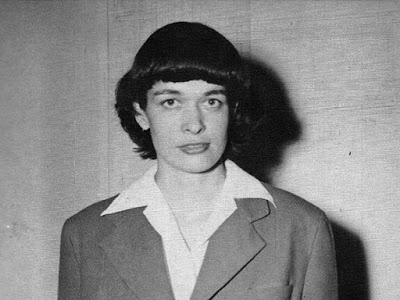Chemist and physicist Leona Woods, a daughter of Illinois, is one of the women whose work helped create victory in World War II. As part of her graduate work, she was recruited into the top-secret Manhattan Project at the campus of the University of Chicago in 1942. In a makeshift bunker, concealed in storage space beneath the bleachers of an unused football stadium, stood a “pile” of carbon graphite that would help win the war.
A Chicago scientific team, using research so new that much of it would not be published until well after the coming of peace, was learning how to put together a maze of carbon blocks, strewn with seeds of metallic uranium. When stacked together according to a precise physical and mathematical formula, the uranium seeds would irradiate each other without blowing up. Leona Woods calibrated some of the equipment that helped measure the pile’s output, called “radiation.” On the morning of December 2, 1942, team leader Enrico Fermi read out data from this machinery, as the pile grew warm in the cold room. The measurements worked and Fermi ordered the experiment stopped and the pile to be disabled.
Leona Woods became Leona Marshall Libby, and went on to a lifelong career in research physics and engineering chemistry. She worked at Argonne National Laboratory and in other locations in Illinois and other states. Born in 1919, she passed away in 1986 at age 67, leaving behind children and grandchildren.
